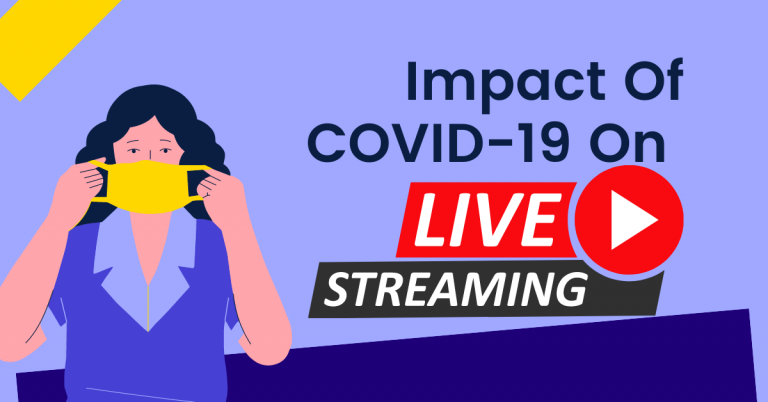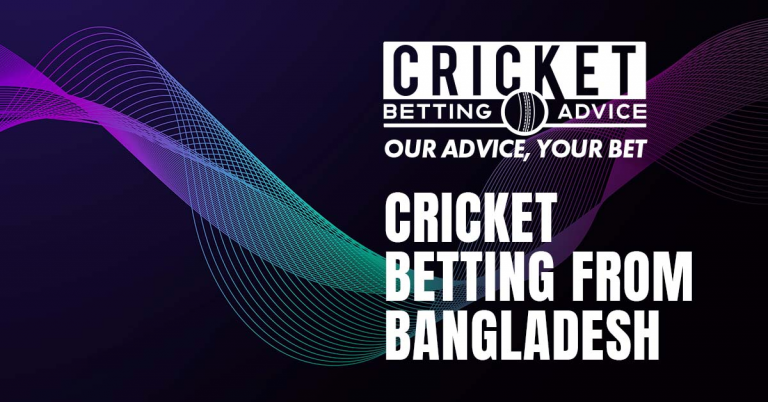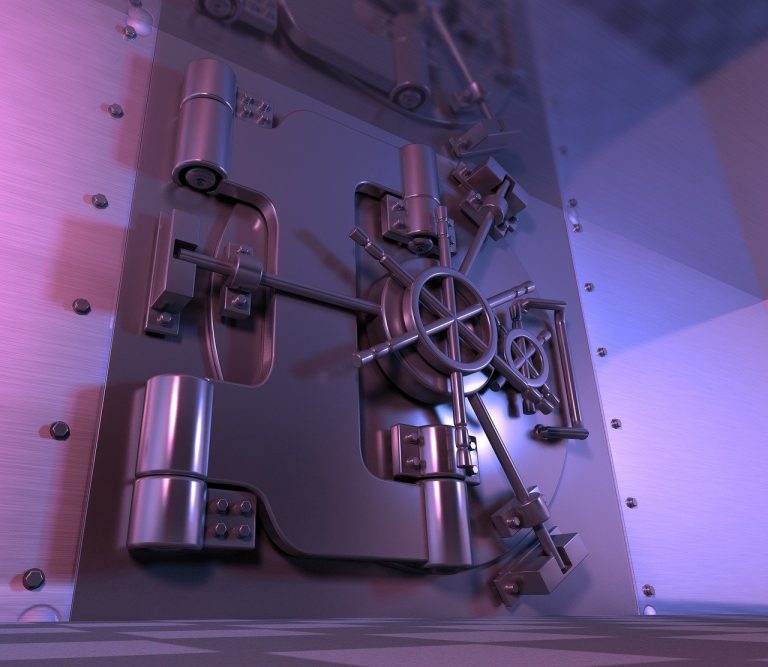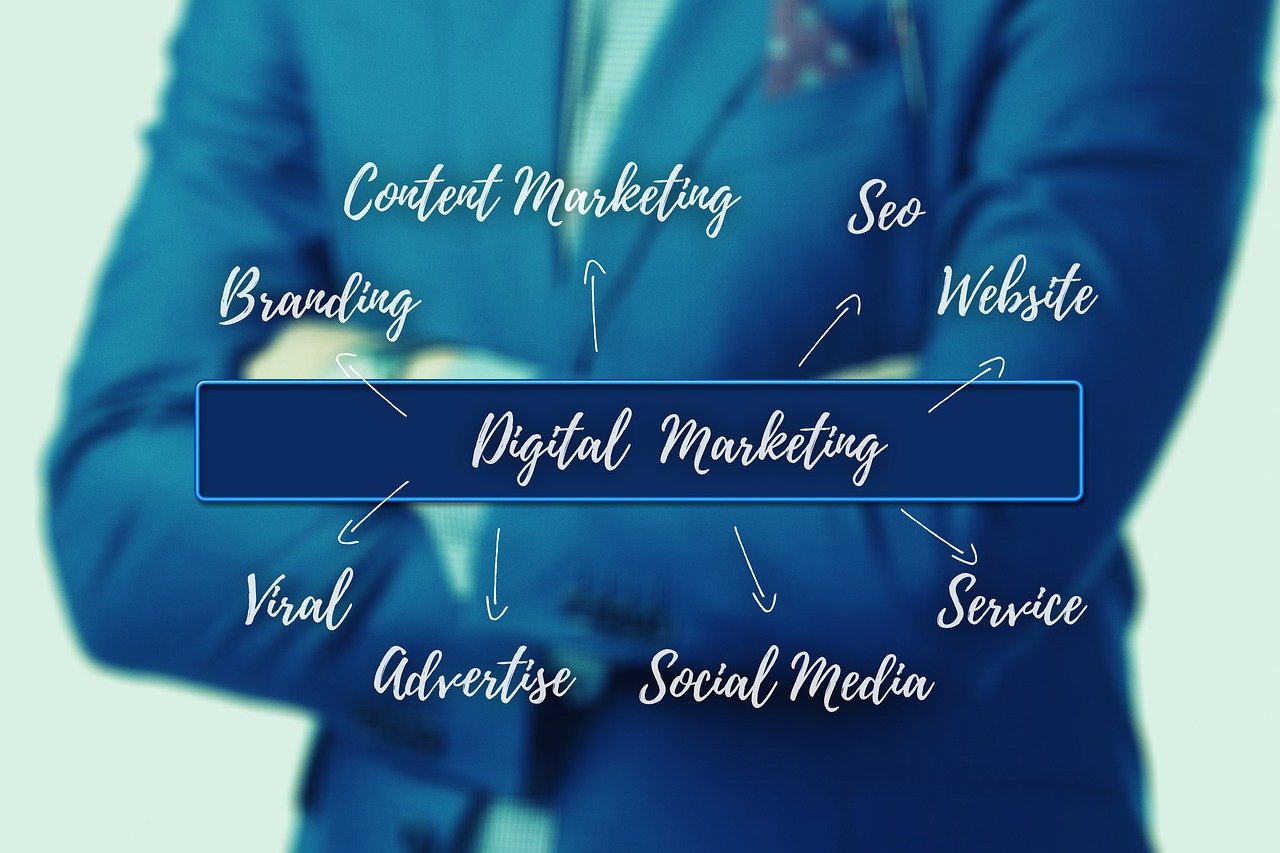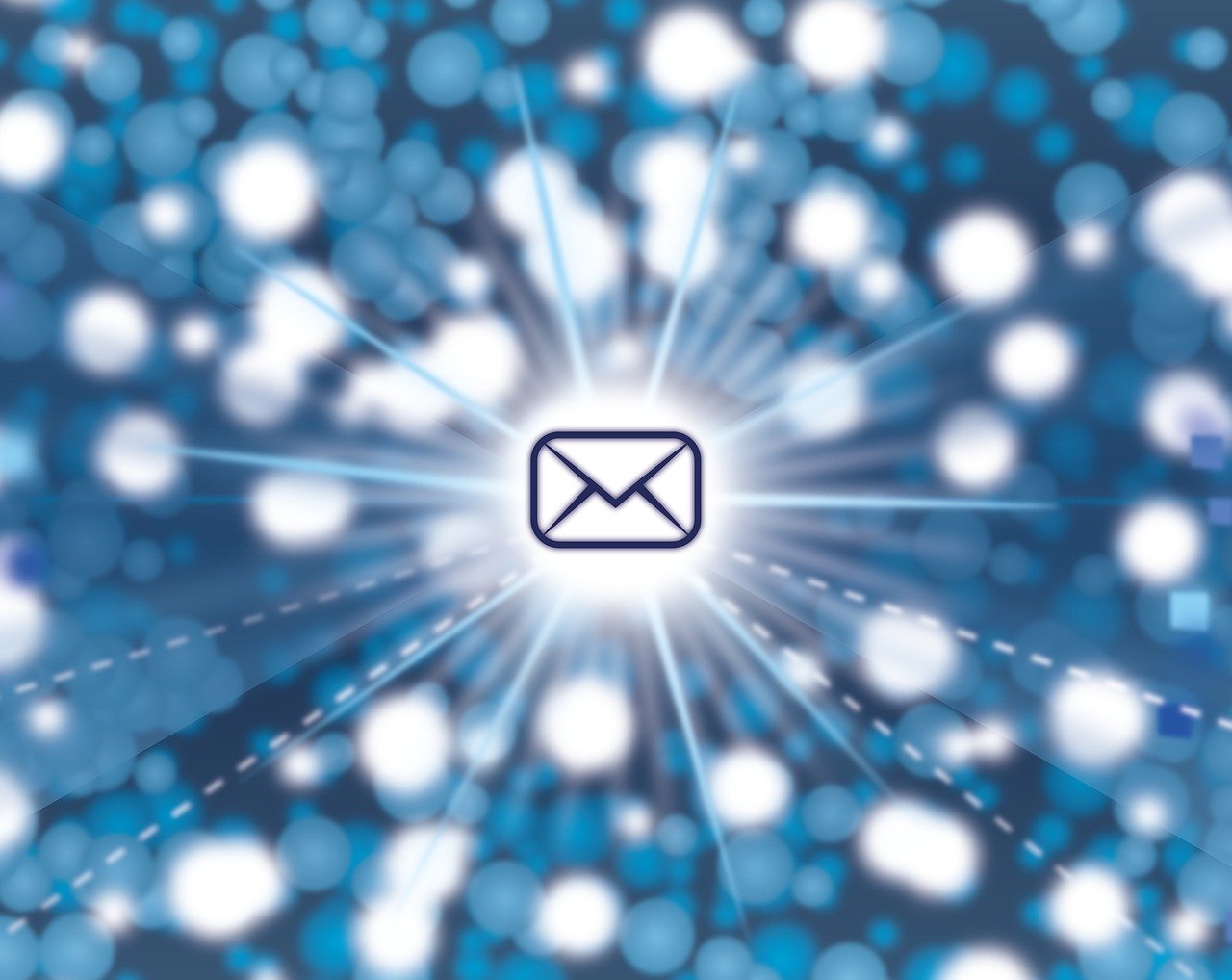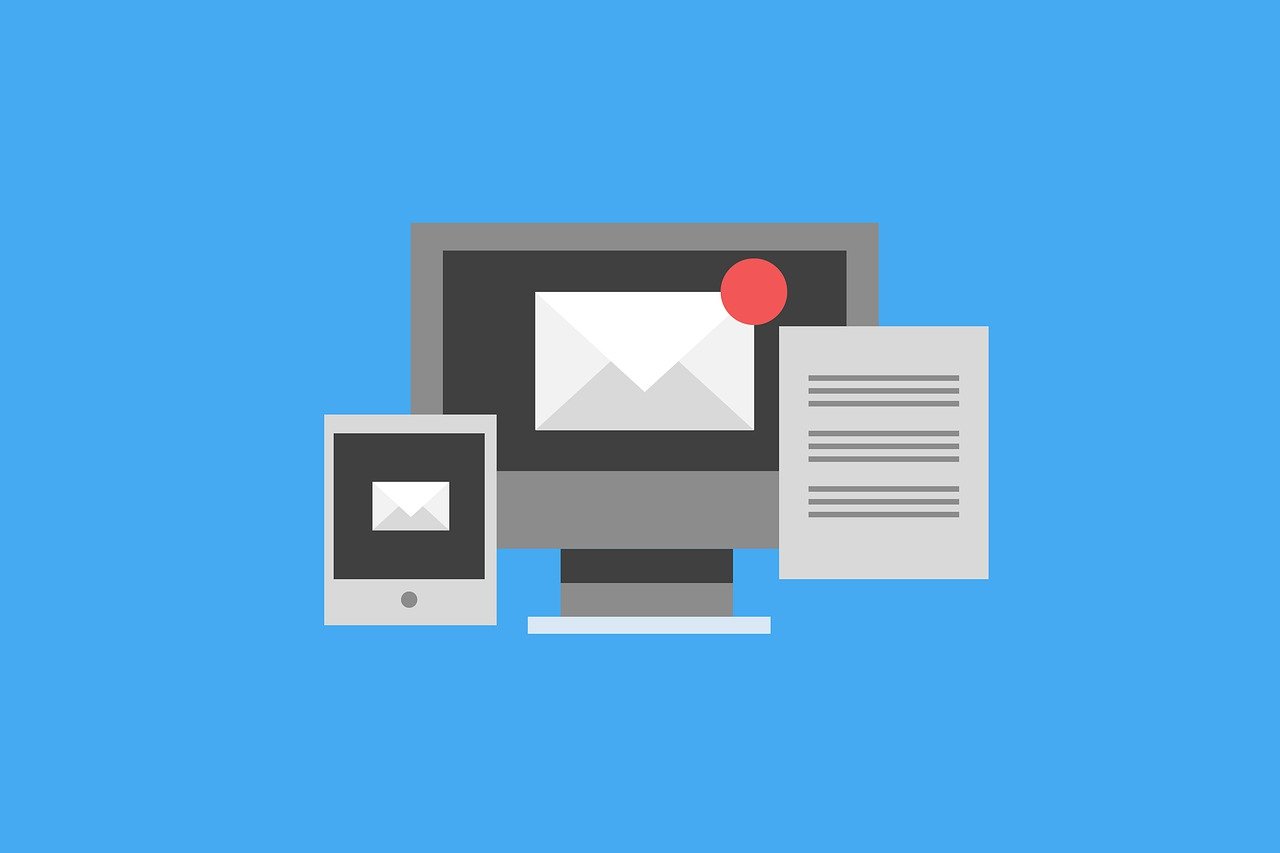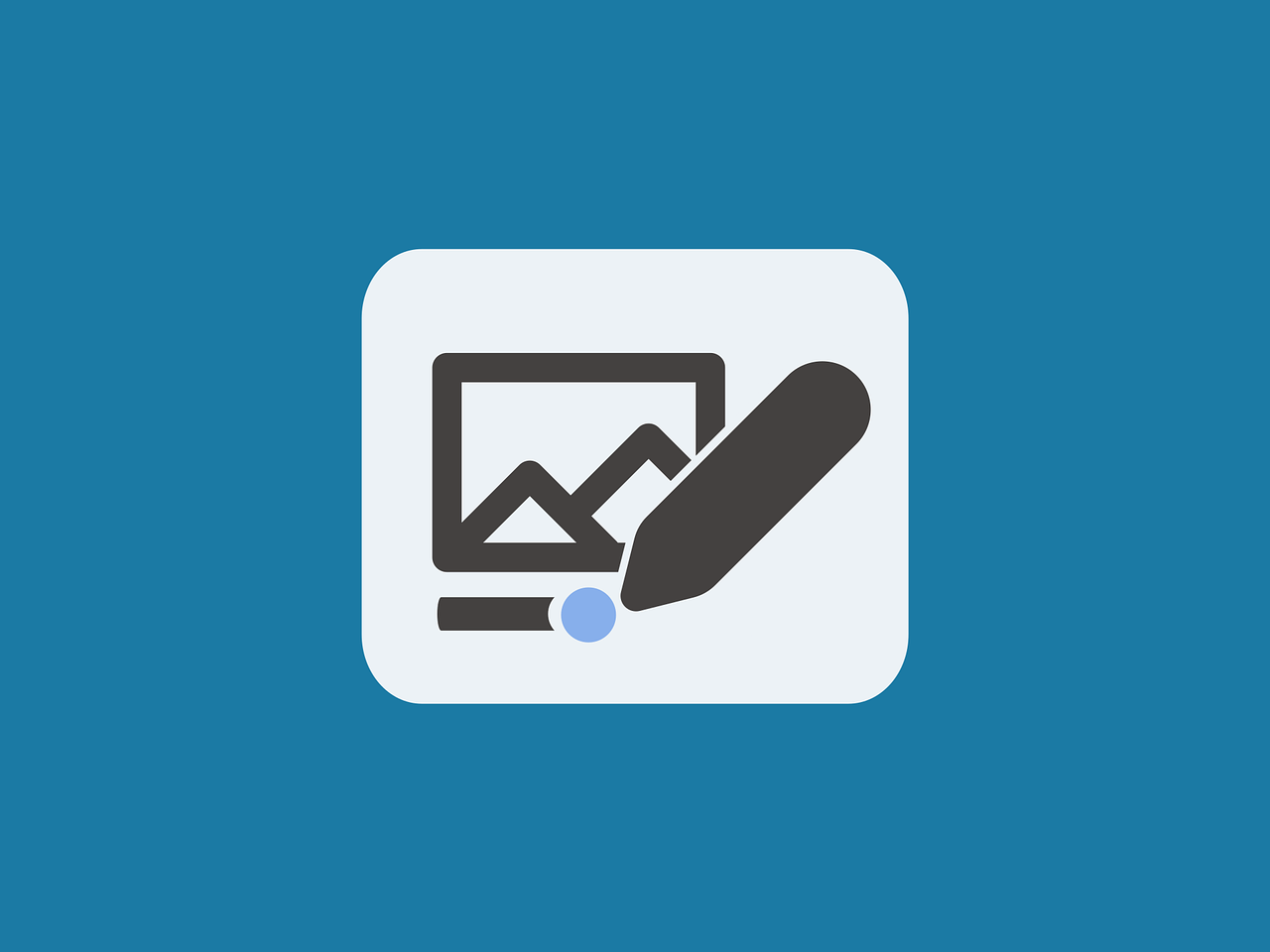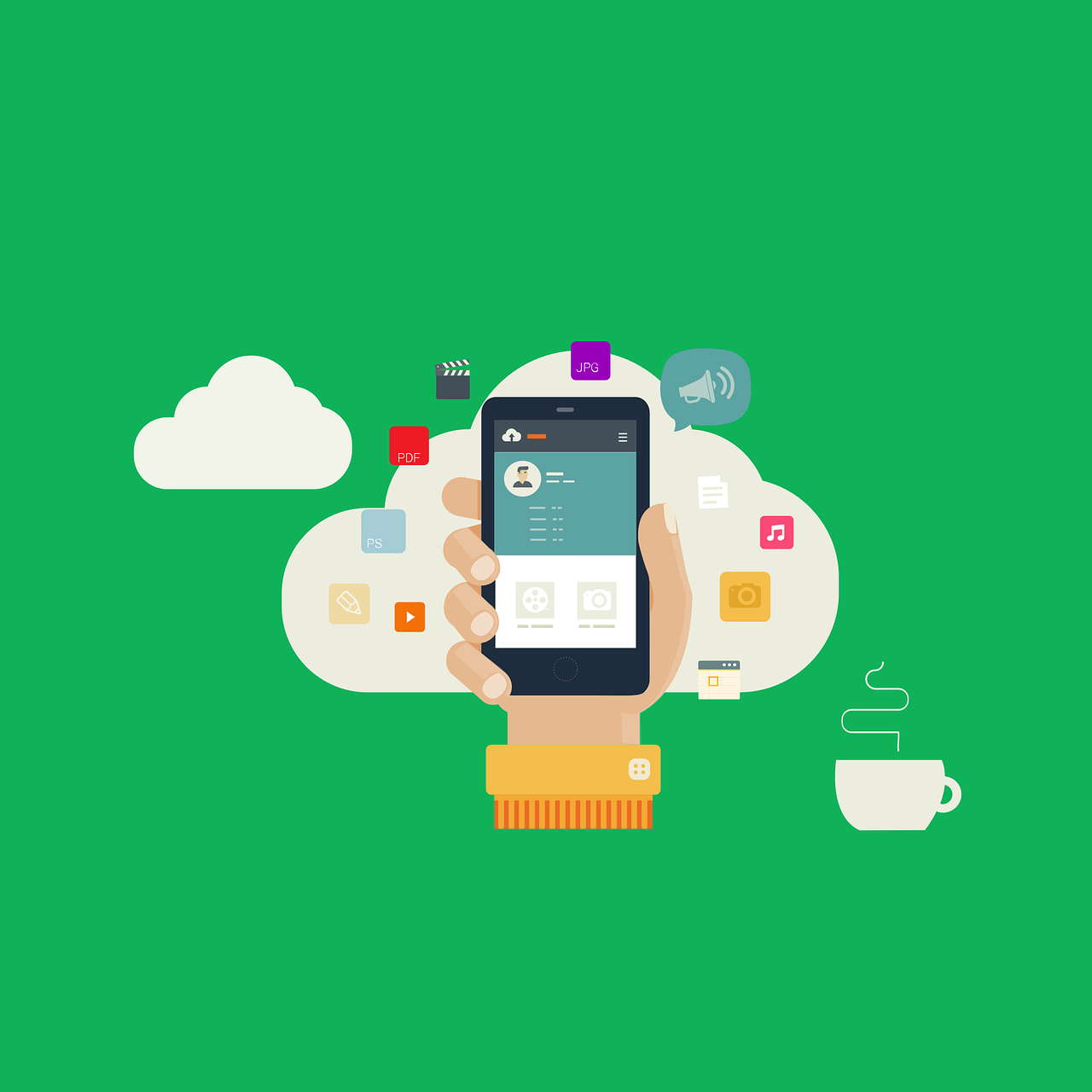In this post, we will show you the impact of COVID-19 on live-streaming services.
The COVID-19 pandemic has significantly impacted various industries, and the live-streaming services sector is no exception.
With people worldwide being encouraged to stay indoors and practice social distancing, the demand for live-streaming services has skyrocketed.
In this post, we will take a closer look at the impact of COVID-19 on live-streaming services and how it has affected both the providers and consumers.
READ ALSO: The Best VPN Services
Table of Contents
COVID-19 Impact on Live Streaming
| Aspect | Pre-Pandemic | During Pandemic | Post-Pandemic (Potential) |
|---|---|---|---|
| Demand | Moderate demand, primarily for significant events and specific niches | Explosive growth, demand increases across all sectors | Sustained demand with potential for growth in new applications |
| Usage | Focused on entertainment (concerts, sports), some educational and corporate uses | Expansion into everyday activities: virtual classes, remote work, social gatherings, telehealth | Hybrid model blending virtual and in-person experiences |
| Content Variety | Concentrated on major events and specific interests | Diversification: fitness classes, cooking shows, online religious services, expanded virtual conferences | Continued diversification, personalized and niche streaming experiences |
| Technology | Focus on broadcast-quality streaming for traditional events | Rapid investment in scaling infrastructure, improving quality for home-based streaming, exploration of interactive elements (AR/VR) | Further innovation in seamless user experience, immersive technologies, and interactive features |
| Monetization | Traditional models (pay-per-view, ticketed events) | Rise of subscriptions, virtual tipping, in-stream advertising, sponsorship opportunities | Exploration of diverse monetization strategies, including paywalls, personalized content, and e-commerce integration |
The Impact of COVID-19 on Live Streaming Services
In this post, we will explore the significant impact of the COVID-19 pandemic on the live-streaming services sector. We will delve into the following aspects:
1. Surging Demand: A New Normal for Live Streaming
The pandemic has dramatically increased the demand for live-streaming services. Consumers confined to their homes have turned to these platforms for various purposes, including:
- Entertainment: Live concerts, music events, and even movie premieres have gone virtual, offering audiences a new way to experience them.
- Information: Live news updates, educational lectures, and virtual conferences have become commonplace, keeping individuals informed and connected.
- Connection: Live streaming platforms allow individuals to connect with friends, family, and even fitness communities through virtual interactions.
READ ALSO: 5 Amazing Ways To Host The Perfect Live Event
2. Evolving Landscape: Adapting to the New Reality
Live streaming service providers have had to adapt to meet the changing needs and expectations of consumers:
- Increased capacity: Platforms have invested in scaling their infrastructure to handle the user surge and ensure smooth streaming experiences.
- Content diversification: Providers have expanded their content offerings beyond traditional live events, incorporating fitness classes, cooking demonstrations, and interactive sessions.
- Technological advancements: Innovations in features like augmented reality and virtual reality are being explored to enhance engagement and create immersive live experiences.
3. The Future of Live Streaming: A Post-Pandemic Perspective
While the pandemic has undoubtedly accelerated the growth of live streaming, it’s crucial to consider its future in a post-pandemic landscape:
- Hybrid model: Live streaming will likely remain a significant part of our lives, potentially existing alongside, rather than replacing, in-person events.
- Evolving audience expectations: Consumers will continue to expect high-quality streaming experiences, diverse content, and innovative features.
- Continued innovation: The industry will likely see further advancements in technology and content creation to meet the evolving demands of viewers.
By analyzing the impact of COVID-19 on live streaming services and understanding the key trends, we can gain valuable insights into the future of this rapidly evolving industry.
READ ALSO: Coronavirus: Online Security Tips for Remote Workers
Impact Of COVID-19 On Live Streaming Services: FAQs
How did COVID-19 affect live-streaming viewership?
COVID-19 lockdowns and social distancing measures led to a surge in live-streaming viewership. People confined to their homes turned to live streaming platforms for:
- Entertainment: Watching live concerts, music events, and gaming streams.
- Communication: Connecting with friends and family through video calls and interactive live streams.
- News and Information: Staying updated on pandemic developments and accessing live press conferences.
Studies show a significant increase in live-streaming usage across various platforms.
READ ALSO: How To Rip Physical DVDs To Digital Copies
How did COVID-19 impact the content of live streams?
COVID-19 spurred a shift in live-streaming content. Here are some notable changes:
- Rise of virtual events: Cancelled live events like concerts and conferences shifted online, utilizing live streaming platforms.
- Increased focus on fitness and wellness: Live streams offering virtual workout sessions and healthy cooking demonstrations gained popularity.
- Growth of educational content: Educational institutions and individuals used live streaming for online courses and lectures.
- Focus on mental health: Live streams addressing mental health issues and offering support saw increased viewership.
Live streaming platforms adapted to accommodate these content shifts.
What is the long-term impact of COVID-19 on live-streaming services?
COVID-19’s impact on live streaming is expected to be long-lasting. Here’s why:
- Increased comfort with online entertainment: People accustomed to live streaming during lockdowns will likely continue using it.
- Hybrid events: A blend of physical and online events might become the norm, with live streaming playing a pivotal role.
- Content diversification: Live streaming platforms will likely continue offering a wider variety of content beyond traditional entertainment.
The pandemic has accelerated the growth of live streaming, and it’s expected to remain a prominent form of entertainment and communication.
READ ALSO: How APIs Help To Improve Your Customers’ Experience [5 Tips]
Conclusion
In summary, the COVID-19 pandemic has profoundly impacted live streaming services. The increased demand and reliance on these platforms have provided new opportunities for content creators and businesses.
However, technical challenges, content availability issues, and financial strains have emerged as obstacles in this rapidly evolving landscape.
As we navigate through these uncertain times, it will be interesting to see how live streaming services adapt and innovate to meet the changing needs of their users.
INTERESTING POSTS
- Tips & Tricks To Improve Your Streaming Experience
- Coronavirus Impact On Cybersecurity – How To Stay Safe Online
- The Ultimate List Of Geo-restricted Streaming Services
- 6 Smart Ways Web Developers Can Impact Climate Actions
- How to migrate from Windows 7 to Windows 10
- 9 Things That Every Gamer Should Have For Seamless Online Gaming
- 25 Best Hacking Movies For Cybersecurity Enthusiasts [2024 List]


